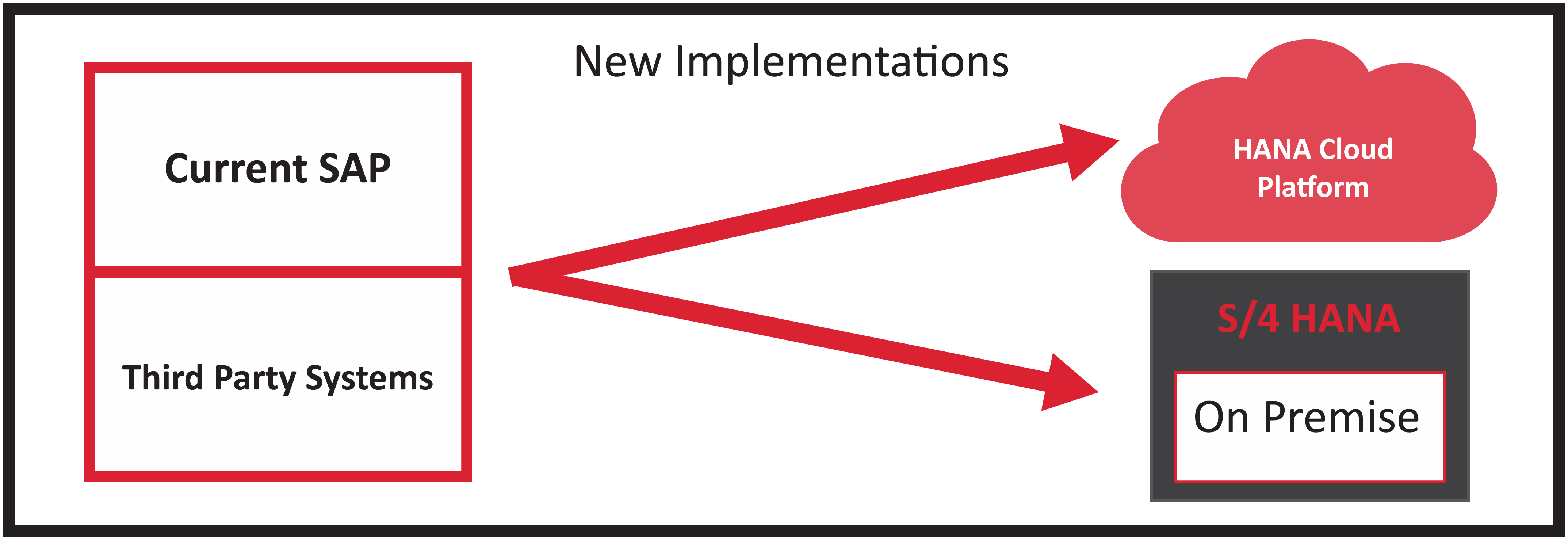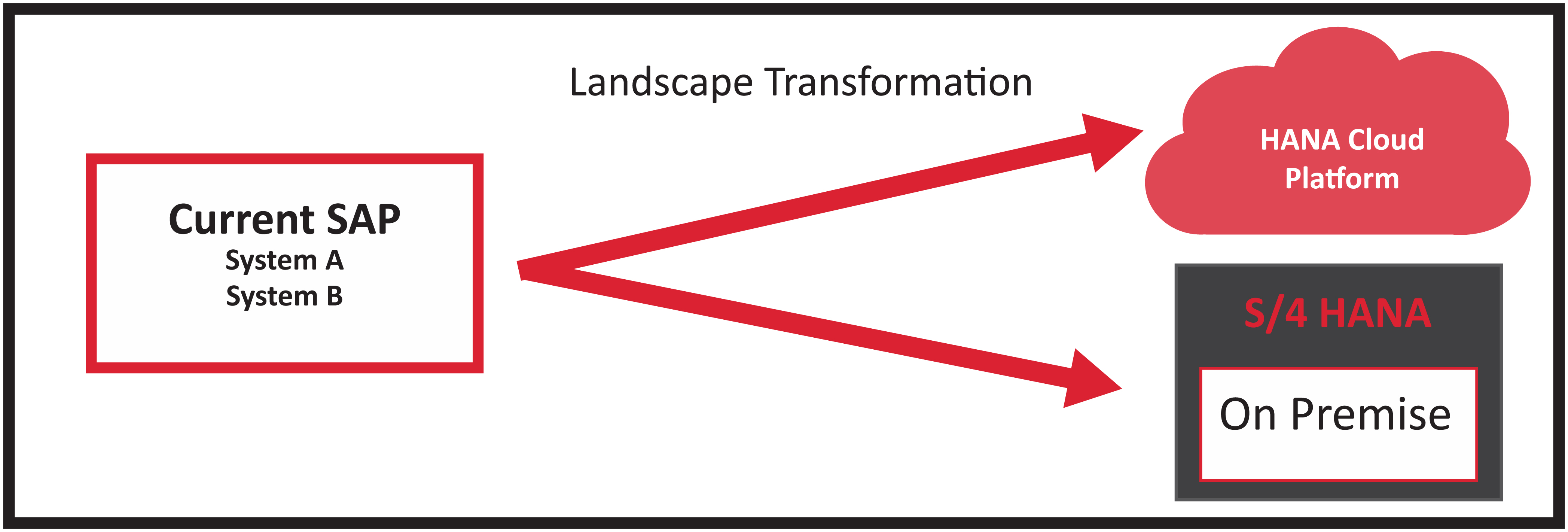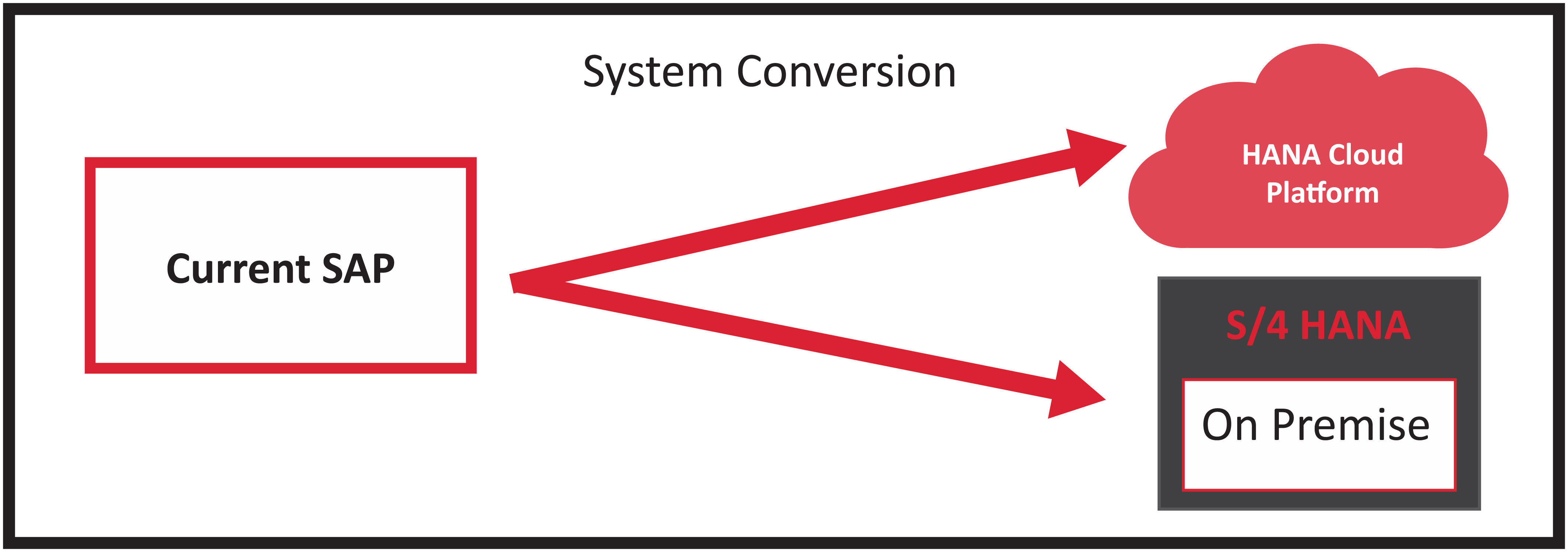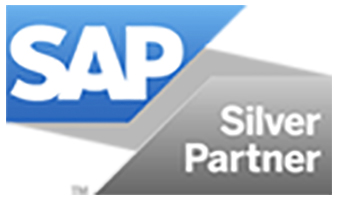There are many variables when it comes to understanding SAP BPC and S/4HANA implementation options. Today’s blog post is from guest author Johannes Le Roux, an SAP HANA Architect at Infogility. Join us as he walks through the basics:
In 2015, SAP launched its latest data management solution, SAP Business Planning and Consolidation (BPC). It was designed to operate seamlessly on SAP’s latest ERP platform, S/4HANA.
Before we delve into the options for SAP BPC and S/4HANA implementation, let’s quickly recap a few of the main benefits to this groundbreaking approach to data management:
- Real-time data access
- Fast data load time and overall processing
- Changes are implemented to core data, ensuring all sourcing comes from a single, centralized data pool
Option 1: New Implementation
Whether your organization is running on SAP or another ERP, implementing a new instance on SAP S/4HANA is an enticing option. Making the move to SAP’s most modern platform allows you the opportunity to realign and optimize existing business processes. If you have highly complex customizations that were built in years past, it’s likely that we can streamline and simplify those setups in a modern platform. Creation of a new SAP environment provides an opportunity to purge outdated data and establish a clean and well-structured data foundation for forward movement and growth. This environment can be developed either on-premise or in the cloud, depending on the unique resources and needs of your business.

Option 2: Landscape Transformation
Landscape transformation is ideal for those organizations with an existing SAP landscape, or even multiple systems–whether distributed regionally or in one central location. Alternatively, it enables large organizations to extract specific entities or business processes from the larger environment and establish them in a standalone SAP S/4HANA setup. Outdated or overly complex business processes benefit from the simplification and development of a “clean slate.”

Option 3: System Conversion / Migration
Some customers seeking an SAP BPC and S/4 HANA implementation simply want to convert an existing SAP ERP system to SAP’s most modern platform. A system conversion, which establishes a new on-premise or cloud-based S/4HANA environment, is the ideal option for organizations in this position. Using SAP’s migration tools, business data and configuration are managed to ensure a seamless transition.

Option 4: Migration to New General Ledger (G/L)
Finally, there are businesses operating with a classic General Ledger that are ready to take advantage of the benefits offered by SAP S/4HANA Finance. This process may take place through the use of SAP’s General Ledger Migration Service or through the activation of a parallel ledger and document splitting strategy. A customized approach will ensure data streams and financial management functions remain in order throughout.
Initiating an SAP BPC and S/4HANA Implementation
Choosing to move forward with an SAP BPC and S/4HANA implementation is a strategic decision that will benefit your business. As technology and the business landscape continues to change, your ERP environment will be set up to outperform outdated systems. SAP has been a leader for decades, and with its latest launch of cutting edge ERP solutions, it has once again demonstrated that it will continue to be an industry leader for years to come.
Contact us today to learn more about your options for an SAP BPC and S/4HANA implementation and other SAP solutions.




